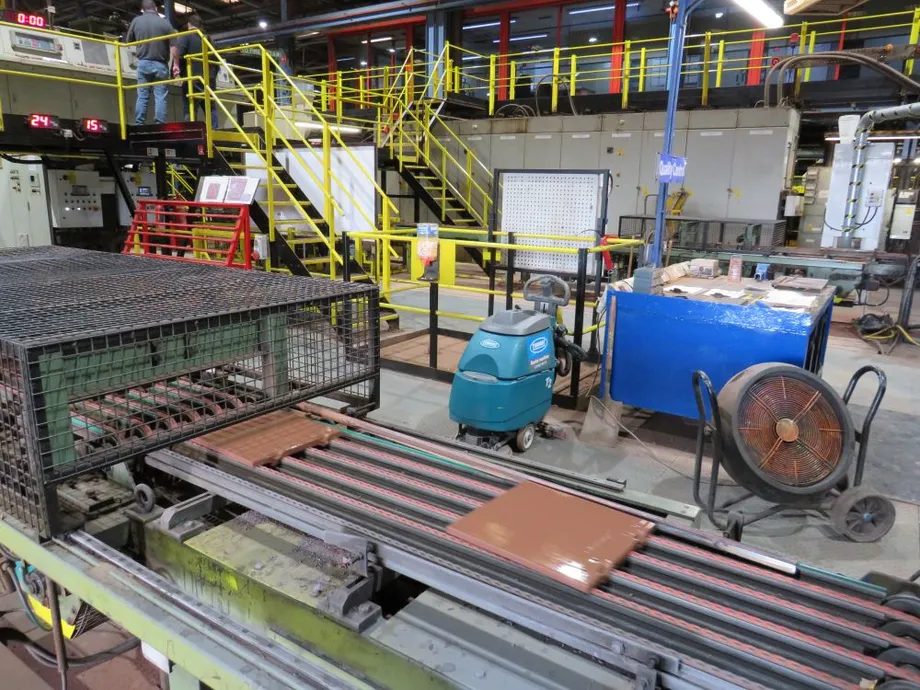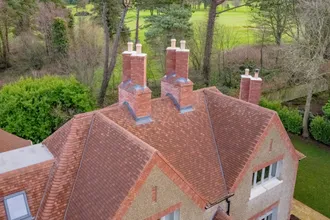Our country pages
Africa
Europe
Search
Order a sample
You can order up to 3 free sample tiles.
We'll aim to deliver your sample order within 5-7 working days from your order date.
How are clay roof tiles made?
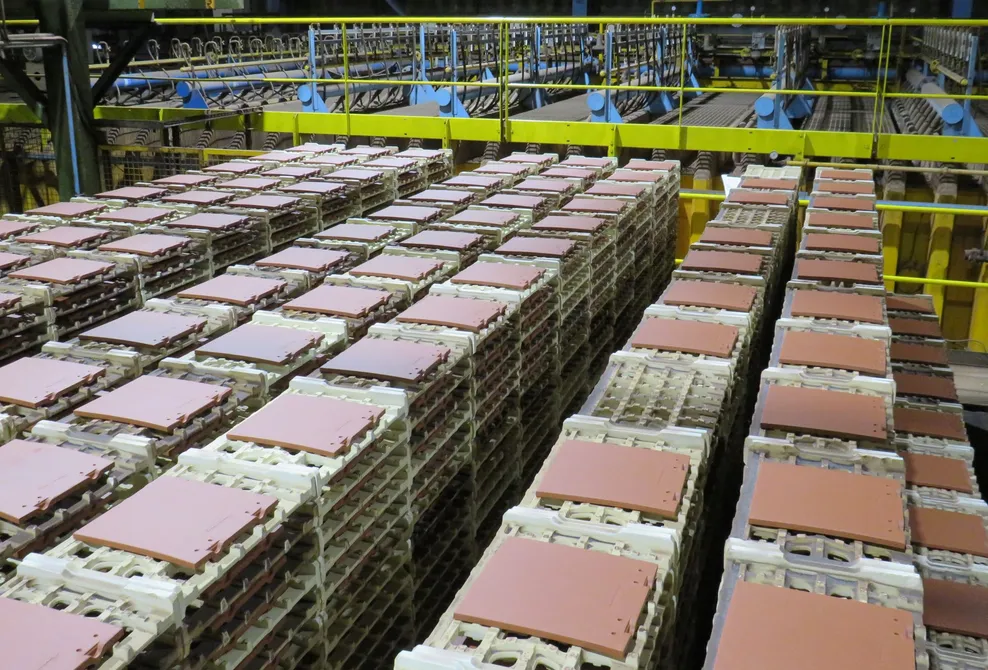
Clay Roof Tiles
Clay roof tiles are an enduring feature in the UK, still used today and relied on for their aesthetics and performance as a roofing material. But as times have changed, so too have manufacturing techniques. So how are clay roof tiles made in the modern era? Read on to find out…
Jump to section
The history of clay roof tiles
The history of clay roof tiles
The use of clay roof tiles in England can be dated back as far as to the start of the Roman Era. The Roman roof tiles were created in rectangles made of clay with nibs that were pressed out by hand.
Clay became the roofing material of choice following a fire in Southwark London, in 1212. The quick spread of the fire caused King John to pass a law banning thatched roofs in London, from this point clay tiles became the preferred choice in London.
Following different sized roof tiles being used across England, in 1477 King Edward IV passed a law to standardise the size of a clay roof tile, the minimum size was set to 10.5 x 6.5 inches. This size has remained standard ever since.
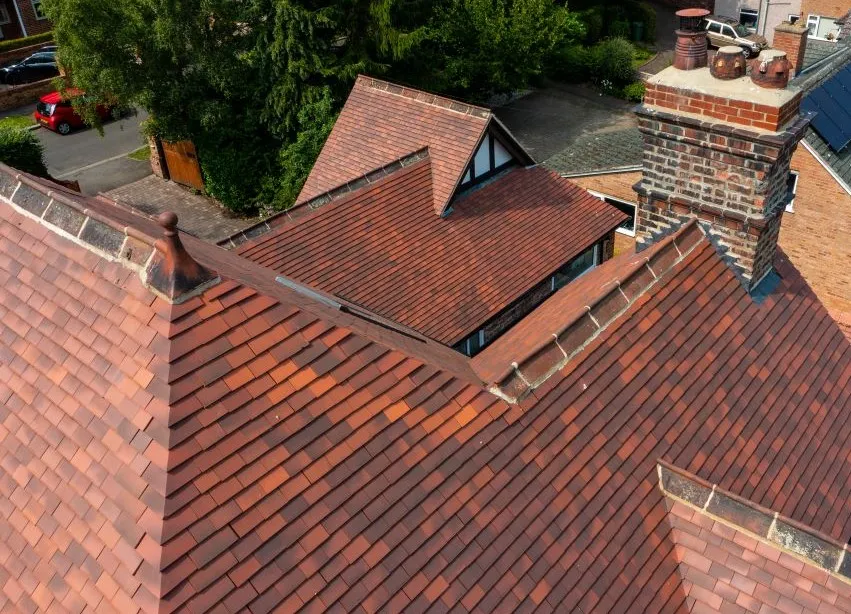
Traditional clay roof tile manufacturing techniques
Traditional clay roof tile manufacturing techniques
Throughout history clay tiles have traditionally been formed by hand, then textured or glazed with colour and fired in high-temperature kilns to set.
The process is still very similar today, handcrafted clay tiles are still available and often the tile of choice for heritage projects, however, you can also purchase machine-made tiles created to imitate the appearance of a handcrafted tile.
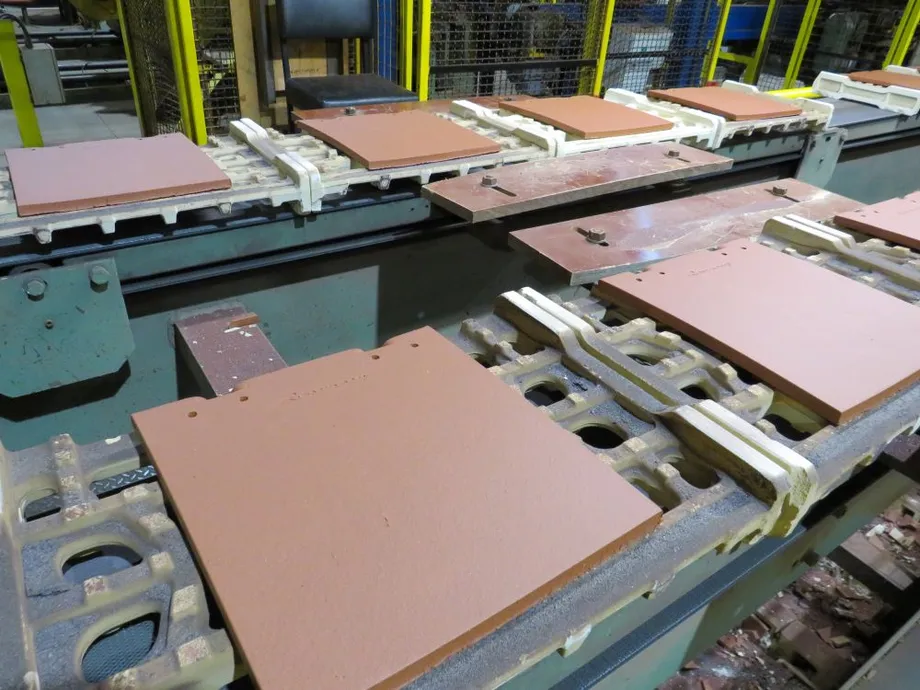
Regional differences
Regional differences
Regional differences occur with clay roof tiles due to localised sourcing of clay, which means it is different across each region, these differences become more obvious once the clay is fired in a kiln which leads to variances in colour and textures, unique to each region.
Not only does the type of clay differ region to region, there are also localised preferences in the popularity of different roof profiles.
Modern Roman roof tiles, refers to tiles that have a flat shape with one or two rolls, or curves, these are known as single or double romans. These types of clay roof tiles remain popular in the South West of England.
Plain tiles which are flat in appearance and more traditionally likened to the original Roman clay tile remains a popular choice in London and the South of England. With larger format tiles being more popular in the north of the country.
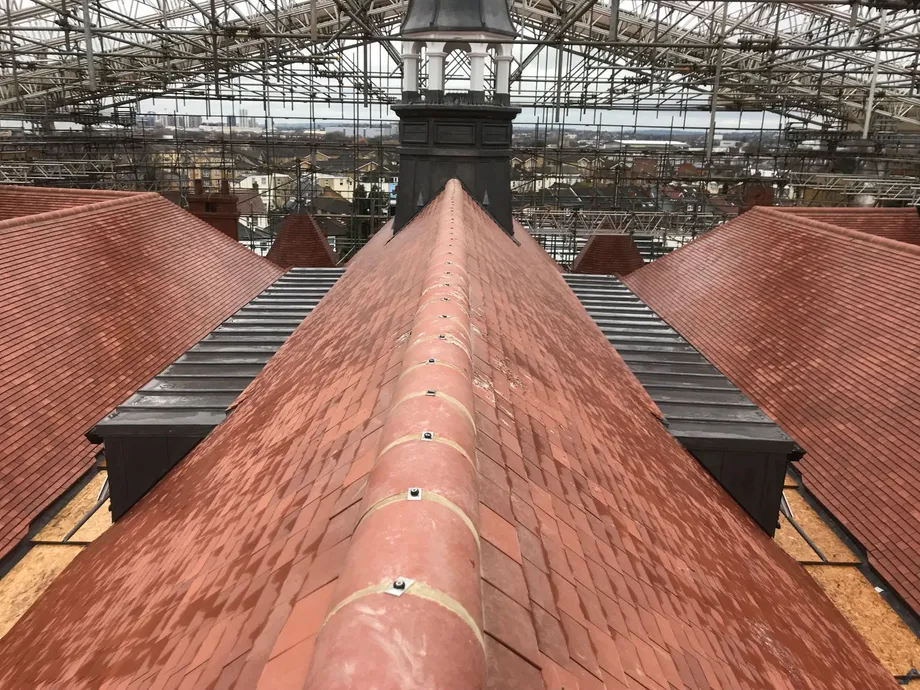
How clay roof tiles are made today
How clay roof tiles are made today
The process is still very similar to that of traditional techniques, but this is done on a much larger scale. The tiles are created by filling tile moulds or pallets with wet clay and baking these at a very high temperature in a kiln. The weight and feel of the tile is determined by how long it is baked for and at what temperature. Clay roof tiles come in a variety of finishes and colours; a traditional terracotta finish remains very popular today.
For more information about BMI Redland’s range of clay roof tiles, please follow the link.
